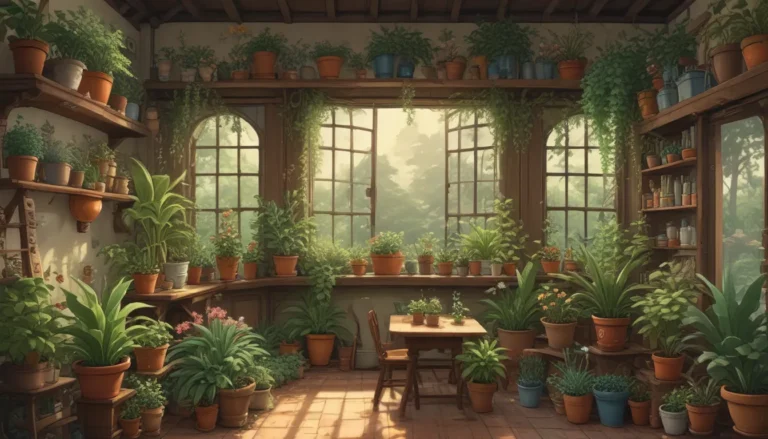How to Get Your Marigolds Blooming: Common Issues and Solutions

Marigolds are a favorite for many gardeners due to their beautiful blooms and low maintenance. These vibrant flowers can bring a pop of color to your garden week after week without much effort on your part. However, there are times when your marigolds may fail to bloom as expected, leaving you wondering what went wrong.
But fear not, fellow marigold enthusiasts, your plants want to bloom. They just need a little extra care and attention to thrive. In this guide, we’ll explore the common causes of marigolds not blooming and provide solutions to help you get those sunny blossoms back in full force.
Why Marigolds Fail to Bloom
- Disease
- Heat
- Lack of Deadheading
- Not Enough Sunlight
- Pests
- Timing
- Too Much Fertilizer
- Too Much Rain or Humidity
- Watering
While marigolds are typically resilient to pests and diseases, there are instances where external factors can hinder their bloom. Let’s take a closer look at each of these common causes and how you can address them effectively.
1. Disease
The most likely disease that may affect your marigolds is powdery mildew. While it usually doesn’t impact flowering, a severe infection can hinder bloom production. Look out for yellowing leaves and gray or white mold on the foliage, and take steps to address powdery mildew promptly.
2. Heat
During hot summer days, French and signet marigolds may pause blooming until temperatures cool down. African marigolds are more heat-tolerant and can continue blooming throughout the summer. To help your marigolds bloom in hot weather, consider providing extra water, mulch, or shade cloth to shield them from excessive heat.
3. Lack of Deadheading
While marigolds can bloom without deadheading, removing spent blooms can encourage a second flush of blossoms. If your plants are not blooming as abundantly as before, try deadheading to stimulate new growth.
4. Not Enough Sunlight
Marigolds thrive in full sun conditions and require at least six hours of sunlight daily to bloom optimally. If your plants are not blooming, assess their sun exposure and make necessary adjustments by either relocating them to a sunnier spot or pruning nearby obstructions that block sunlight.
5. Pests
Although pests like aphids and spider mites rarely pose a serious threat to marigolds, they can hinder blooming if left unchecked. Look for signs of webbing, ants, or tiny insects on your plants, and take appropriate measures to control pest infestations.
6. Timing
Different marigold varieties have varying blooming periods. Ensure you have realistic expectations regarding when your specific marigold type should start and stop blooming to avoid unnecessary concerns about their flowering cycle.
7. Too Much Fertilizer
Excessive nitrogen in the soil can result in a decrease in blooming. Test your soil before fertilizing to determine its nutrient levels and avoid overfeeding your plants. If you’ve already applied too much fertilizer, flush the soil with water to remove excess nutrients and refrain from further feeding.
8. Too Much Rain or Humidity
African marigolds are sensitive to excessive moisture, which can lead to blooming issues. If your plants are not blooming due to prolonged rain or high humidity, wait for the weather to improve and remove any moldy or rotting blossoms in the meantime.
9. Watering
While marigolds are relatively resilient to drought, overwatering can lead to root rot, which can affect blooming. Check the soil moisture levels and adjust your watering schedule to prevent root rot and promote healthy flower production.
In cases of root rot, take immediate action by stopping watering, allowing the soil to dry, and treating the affected area with a copper fungicide soak. Regularly monitor your marigolds for signs of root rot and take proactive measures to prevent further damage.
By addressing these common issues and implementing appropriate solutions, you can help your marigolds bloom to their full potential. Don’t give up on your plants just yet— with a little care and attention, you’ll soon be rewarded with a thriving display of colorful blossoms.
Do you have experience growing marigolds? Have you encountered blooming challenges with your plants? Share your thoughts and insights in the comments below!
If you’re eager to learn more about marigolds and enhance your gardening skills, check out our additional guides on:
– How to Plant and Grow the Glorious Marigold
– Are Marigold Flowers Edible?
– How to Use Marigolds for Pest Control
Remember, a little extra care goes a long way in ensuring your marigolds reach their blooming potential. Happy gardening!





